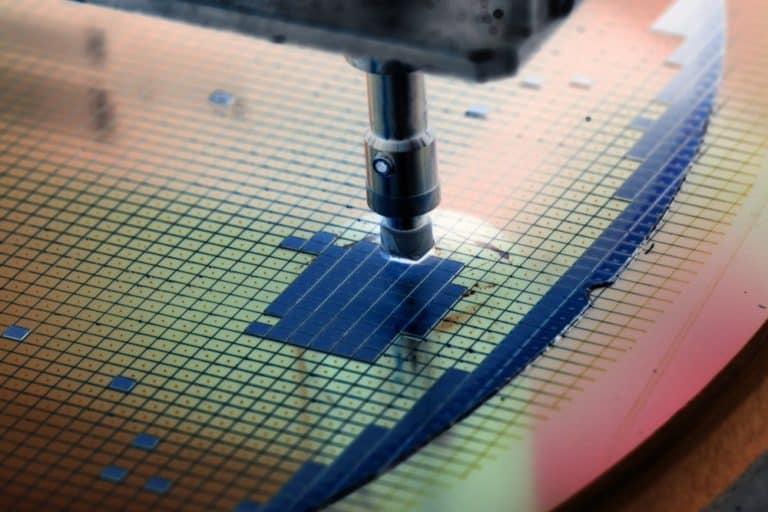The United States has been investigating China’s Huawei. Huawei recently presented a modern 5G smartphone with an advanced 7nm chip. With that, Huawei seemed to be able to work around the sanctions the US have imposed to keep China from modern chip technology. According to U.S. Commerce Secretary Gina Raimondo, there is no evidence that the Chinese can mass produce modern chips.
Since 2019, Huawei has been on a list with many other Chinese companies barred from access to modern high-end chip equipment and software from the United States. In addition, the U.S. has put pressure on the Dutch government to impose an export ban on modern EUV machines of ASML towards China. This prevents China from having the necessary equipment to produce modern chips.
Surprisingly, Huawei recently presented a modern 5G smartphone with a 7nm chip. Something that technically should not be possible because you need an EUV machine to produce 7nm chips. Further investigation revealed that this 7nm chip was designed by Huawei’s subsidiary HiSilicon and produced by Chinese chip manufacturer SMIC. However, SMIC does not have EUV machines but it does have DUV chip machines from the previous generation. According to Raimondo, SMIC cannot yet mass-produce 7nm chips.
How did SMIC produce 7nm chips on older machines?
So SMIC has managed to produce wafers at 7nm with these older machines. All chips of 12nm and above are basically produced on these machines. Anything below 12nm is usually produced on an EUV machine. Huawei did just present the Huawei Mate 60 Pro with a powerful 7nm chip. SMIC remains silent on how they produced this chip.
However, there is an obvious way. For that, we need to dive a little deeper into how chips are produced. Chips are produced in wafers and then cut into pieces where each piece is a unique chip. Not every chip on a wafer eventually works; we are dealing with such small components that some chips simply fail during production. Therefore, chip production is only profitable if the yields are good. Which means the amount of chips on a wafer that actually work. The higher the yields the more margin the chip manufacturer can make on the chips.
Huawei and SMIC are developing new technology to get the older machines to produce chips at 7nm. At this moment, the yields are probably very low, so most chips on the wafer are not good enough to be used. Still, some chips on each wafer will succeed. This allows Huawei to produce these chips at a higher cost, but not in large numbers. Which is what Raimondo is saying, China cannot mass-produce these chips.
Therefore, we suspect that the new Huawei Mate 60 Pro that contains this chip will not go on mass sale. However, Huawei and SMIC will continue to develop new technology to improve the yields. They already succeeded in producing a 7nm chip, which was the most challenging step. Improving the yields is the next step. If they succeed in that, they will be able to produce a lot more modern chips than before.
Taiwanese TSMC is already producing chips at 3nm, which are basically even faster and more energy efficient than chips at 7nm. For this, TSMC does use EUV machines.
Export ban forces China to innovate
Ultimately, the question is whether imposing an export ban on chip technology towards China will work. It certainly works in the short term, but in the long term, China could even become superior. Since China cannot have modern chips, but there is a tremendous amount of innovation taking place in the country, they are forced to invest hundreds of billions in developing their own chip technology.
For China, it is very important that they continue to have modern chips. That is why they are investing heavily, which may provide an alternative in the long run. Whether they will succeed in this is hard to predict, but they have already dropped from 12nm to 7nm. That is already beyond expectations. One must remember that Intel also thought they could design and produce competitive chips without EUV. Intel has gone back on that strategy, but that does not mean it is impossible.
